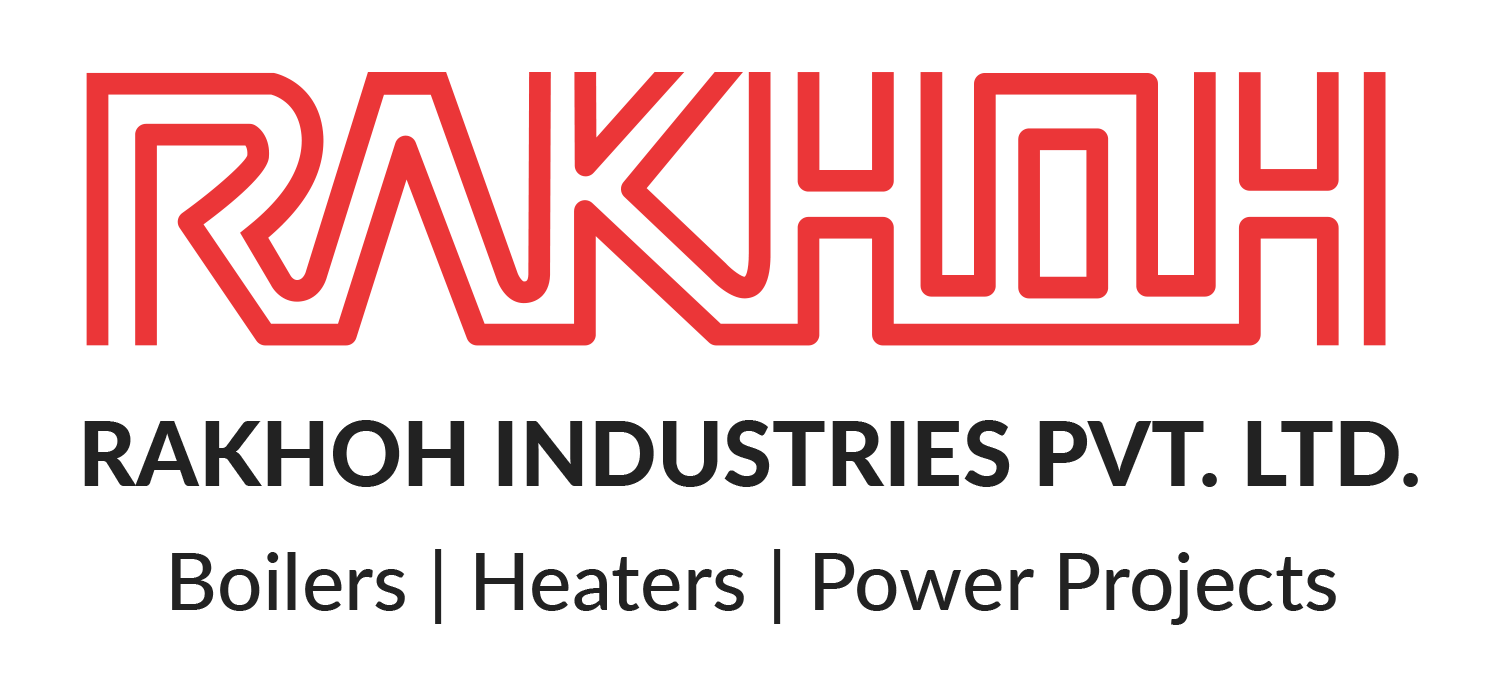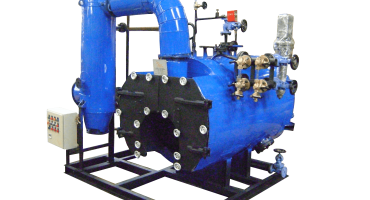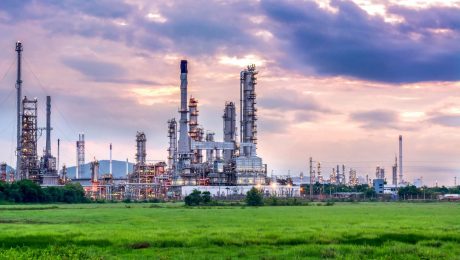A Guide to Fuel-to-Steam Efficiency in Steam Boilers
Steam Boilers are pivotal for producing steam in process industries for heating, drying, sterilizing, and power generation purposes. Proper combustion is vital for steam production that is ensured by optimal efficiency. Naturally, while selecting a boiler manufacturer, one of the most important factors to consider is the fuel-to-steam efficiency offered by the manufacturer. The knowledge of the fuel-to-steam efficiency of any steam boiler helps with an approximate guess of the operating costs of that boiler that, over time, can be more expensive than the price of the boiler itself. Therefore, the fuel-to-steam efficiency rating of a steam boiler is not something to overlook.
What is Fuel-to-Steam Efficiency in Steam Boilers?
In simple words, the fuel-to-steam efficiency of a boiler is the ratio of BTU (British thermal unit) output divided by BTU input. The input is, in fact, the fuel used for the combustion process in the steam boiler, and the output is the steam generated by the boiler system. Higher fuel-to-steam efficiency leads to more steam generation. In actuality, the higher the efficiency rating results in more value of the money invested in a steam boiler. With the ever-increasing fuel costs, it becomes an attractive prospect for the facilities depending on the industrial steam boilers to maximize its fuel-to-steam efficiency as much as possible as a way to minimize the costs.
Rakhoh Boilers is one of the leading boiler manufacturers in India that provide a range of steam boilers with optimum fuel-to-steam efficiency.
Combustion Efficiency in Steam Boilers:
Steam boiler efficiency is the result of the efficiencies of different components of a boiler system. A steam boiler consists of various subsystems whose efficiency impacts the overall steam boiler efficiency. Two primary efficiencies that eventually determine the boiler efficiency are Combustion efficiency and Thermal efficiency of the boiler system.
The combustion efficiency of the steam boiler indicates the ability of the burner to burn fuel. The two major parameters that decide the burner efficiency are the amount of unburned fuel in the exhaust and excess oxygen levels in the exhaust. As the excess air increases, the unburned fuel quantity in the exhaust decreases. It, therefore, results in reducing the unburned fuel losses but increasing the enthalpy losses. As a result, it is important to strike a balance between enthalpy losses and unburned losses. Combustion efficiency also depends on the fuel that is burned. Combustion efficiency is higher for liquid and gaseous fuels as compared to solid fuels.
How to Improve the Combustion Efficiency in Steam Boilers?
Operating a steam boiler with an optimal amount of excess air reduces the heat loss up the stack and enhances the combustion efficiency. The combustion efficiency indicates how effectively the heat content of a fuel is passed into usable heat. The stack temperature and flue gas oxygen (or carbon dioxide) concentrations are major indicators of combustion efficiency. With complete mixing, a precise amount of air is needed to react entirely with the given quantity of fuel. In actuality, combustion conditions are never ideal, and an additional amount of air is supplied to burn the fuel completely.
The optimal amount of excess air is decided by analyzing the flue gas oxygen or carbon dioxide concentrations. Less excess air causes unburned combustibles (fuel, soot, smoke, and carbon monoxide), while too much causes heat loss because of the increased flue gas flow that reduces the overall boiler fuel-to-steam efficiency.
Fuel-to-Steam Efficiency in Steam Boilers:
Fuel-to-steam efficiency is combustion efficiency minus the percent of heat lost through radiation and convection. Some of the components of combustion, such as fuel specification, stack temperature, excess air, ambient air, and radiation/convection loss contribute to fuel-to-steam efficiency. For example, fuel with higher hydrogen content leads to more water vapor that uses energy while changing phase in the combustion process, causing reduce in efficiencies. Additionally, under similar conditions, the use of fuel oil results in 2.5% to 3% higher efficiency compared to natural gas.
Boiler efficiency is always impacted by the components of combustion. However, unique design characteristics improve the operating efficiency. It includes overall size, heat exchanger design, water circulation, startup time, blowdown, and steam quality.
The size of the steam boiler is a major determinant of its overall efficiency. Small boilers with less surface area are relatively more efficient. The heat exchanger produces steam, with some designs being more efficient in transferring heat than others. Steam boilers with forced or controlled water circulation are more efficient. Boiler system that starts up quickly is more efficient as it does not need to be kept on fuel-wasting warm standby, waiting to respond to increased demand.
Conclusion:
For efficient and reliable steam boilers and thermal solutions for your process plant, contact Rakhoh Boilers, one of the leading boiler manufacturers in Pune with 38+ years of expertise. We have successfully installed 3000+ boilers in over 26 countries worldwide.
For more details on our products and services, visit www.rakhoh.com
- Published in Steam Boiler








